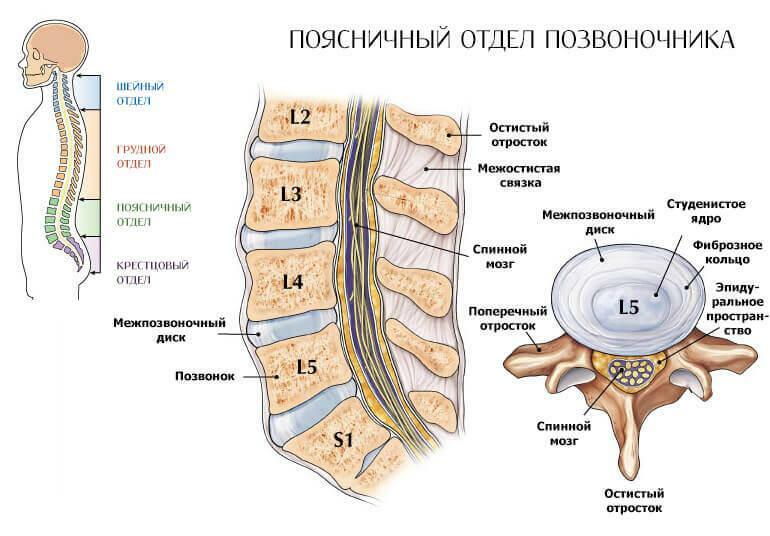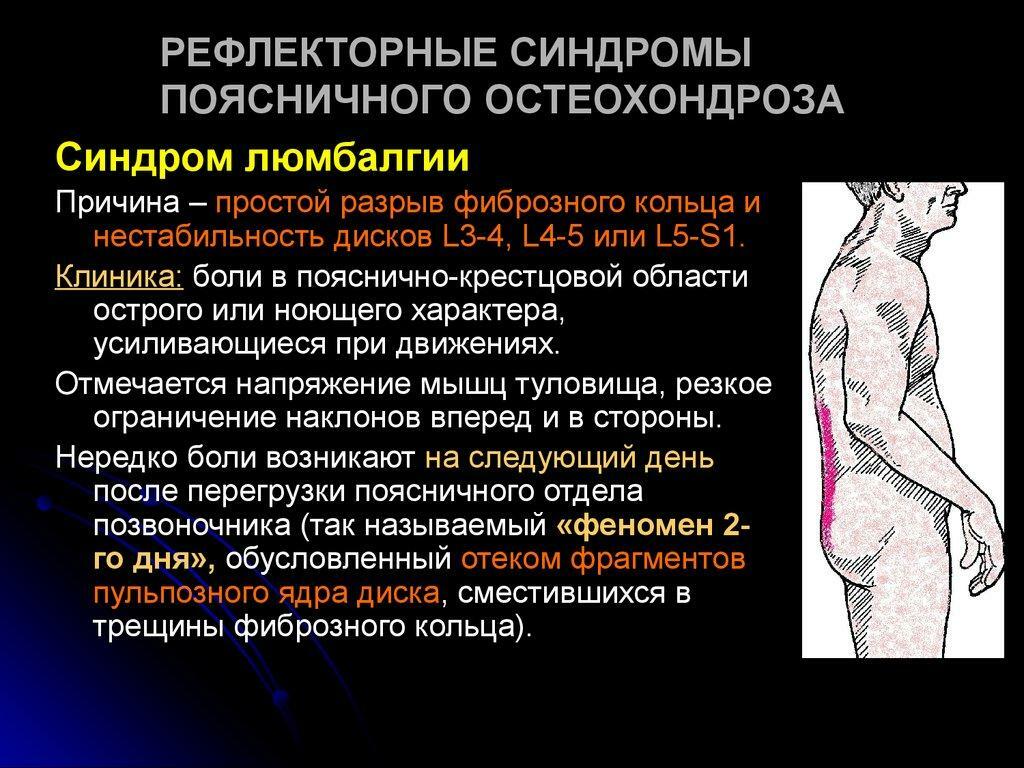When it comes to the curvature of the spine, in the minds of many citizens there is one diagnosis - scoliosis. Along with this, there are other types of curvature of the spine and their combination, which will be discussed in the course of the subsequent narrative.

Types of curvature of the spine
Regardless of the type of curvature, this pathology is potentially capable of disrupting the motor function and involving the shoulders, pelvis, limbs and even internal organs in the destructive process. Violated posture and appearance of the patient as a whole.
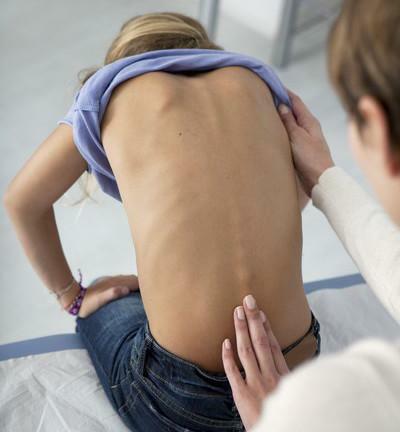
Scoliosis
In view of the above reasons, it is very important to know what kinds of curvature of the spine exist, why they appear and how they are treated.
material Content
- 1 Classification distortions
- 1.1 General
- 1.2 Scoliosis
- 1.3 Kyphosis
- 1.4 lordosis
- 2 Causes of spinal
- 3 distortion characteristic features
- 4 procedure for diagnosing and treating
- 4.1 video - curvature of the spine
Classification distortions
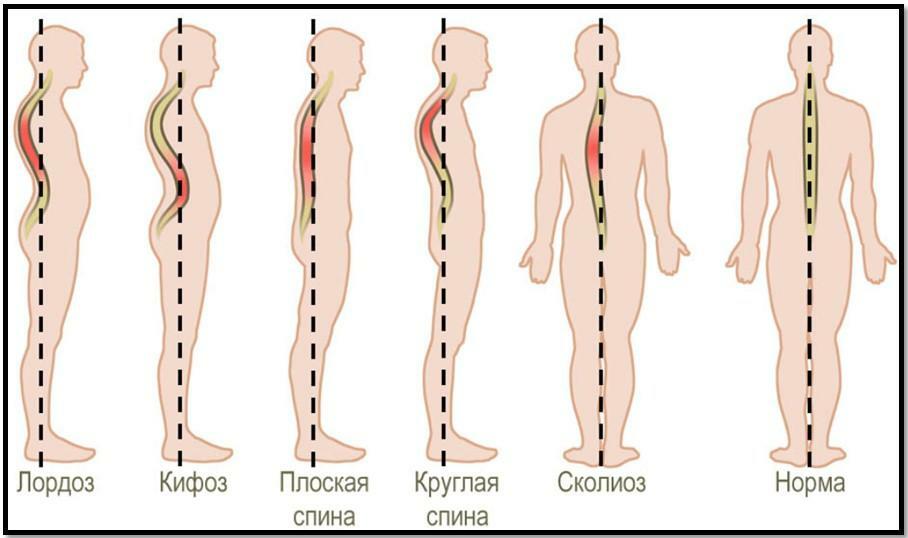
Types of Scoliosis
General information
It is known that the normal backbone has some S-shaped bend. In the absence of such, a person simply could not sit, stand, walk, bend and unbend the trunk. Along with this, due to certain unfavorable circumstances, the magnitude of this bend may deviate from the norm. In such conditions various violations are diagnosed. For example, if the spine is curved anteriorly, kyphosis is diagnosed, lordosis posteriorly, scoliosis laterally.
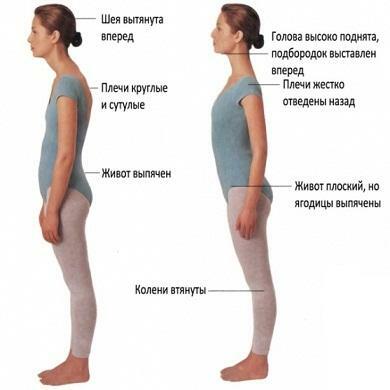
Cervical lordosis
Possible combinations of them, for example, if the spine is simultaneously curved sideways and posteriorly, it is a question of kyphoscoliosis.
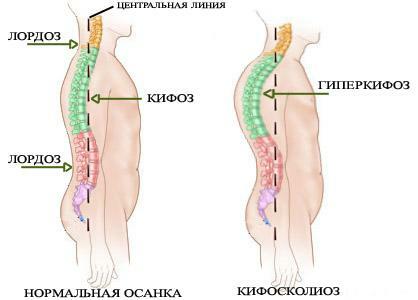
Kyphoscoliosis
Kyphosis and lordosis in some cases can be regarded as a variant of the norm, in contrast to scoliosis, which under any circumstances is a pathology.
Let's consider more detailed information on the mentioned curvatures.
Scoliosis
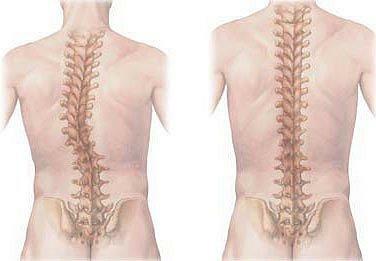
Scoliosis - Scheme
It is classified into congenital and acquired forms. Most often it is diagnosed in patients 4-16 years of age. The main reason for the occurrence is a permanent incorrect posture, for example, when sitting at a desk.
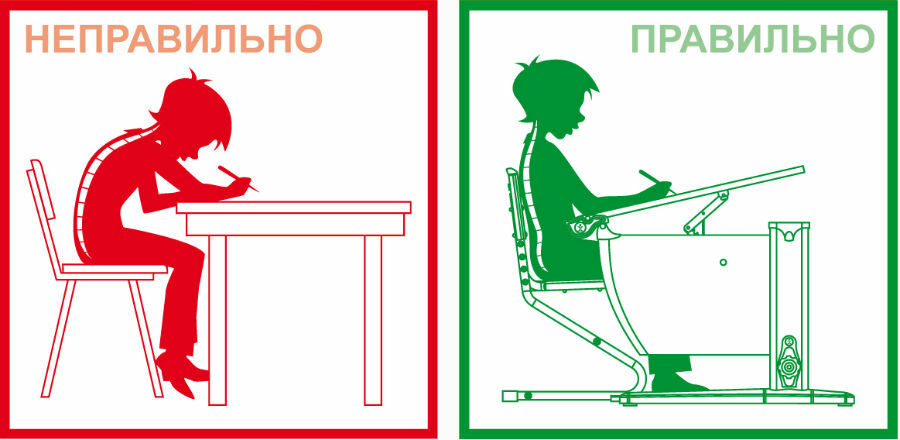
Posture disorder
In such conditions, there is an incorrect distribution of loads on the back muscles and directly to the spine. There are significant pathological changes in the structure of ligaments, there are dislocations of some vertebrae and, ultimately, a pronounced lateral curvature is formed.
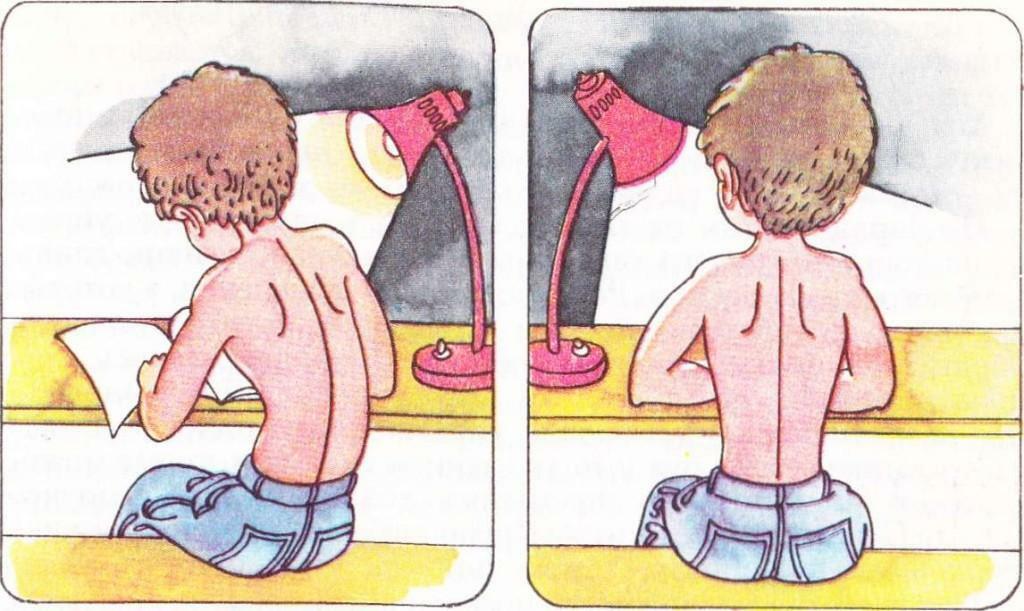
Incorrect body position can lead to scoliosis
In addition, scoliosis can lead to previously experienced rickets. Also, provocative factors may consist in the characteristics of labor activity, contributing to the occurrence of prolonged uneven loads.

Uneven load on the shoulders of the mother with the slingsharp
To the number of provoking factors should be attributed and all kinds of injuries.
As the scoliosis progresses, a pronounced change in the shape of the chest occurs, the asymmetry of the shoulder blades and shoulder girdle develops. The patient complains of neuralgia. Possible disruption of the functions of internal organs.
For prevention, it is recommended to sleep on a stiff even bed with a low pillow, avoid excessive stress on the back and keep the correct posture.
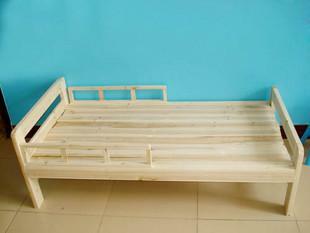
Rigid wooden bed for children with scoliosis
For treatment, the doctor can recommend the use of a corset, orthopedic shoes and various devices that level out the unevenness of the length of the limbs, if any.
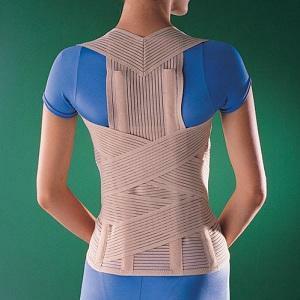
Orthopedic corset for the treatment of scoliosis
Kyphosis
Can be arched and angular.

Kyphosis
Against the background of the first, a reduction in the respiratory excursion develops, which makes it difficult or impossible for the patient to take full breaths. This, in turn, leads to a violation of the circulatory system. With arched kyphosis, the belly protrudes and hangs slightly, hands fall and move forward.
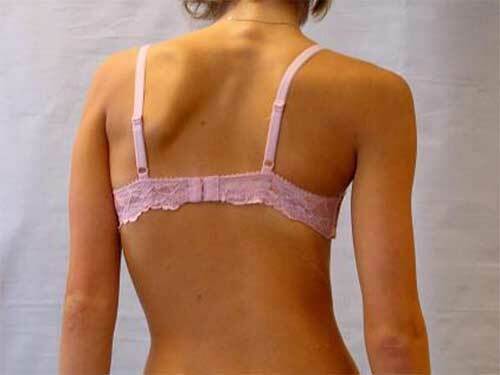
Cytophaphy of the spine
The angular form of the disease is localized mainly in the thoracic region of the spine and manifests itself in the form of a hump. The trunk is shortened, the chest protrudes. To the appearance of such a disease often leads to tuberculosis.
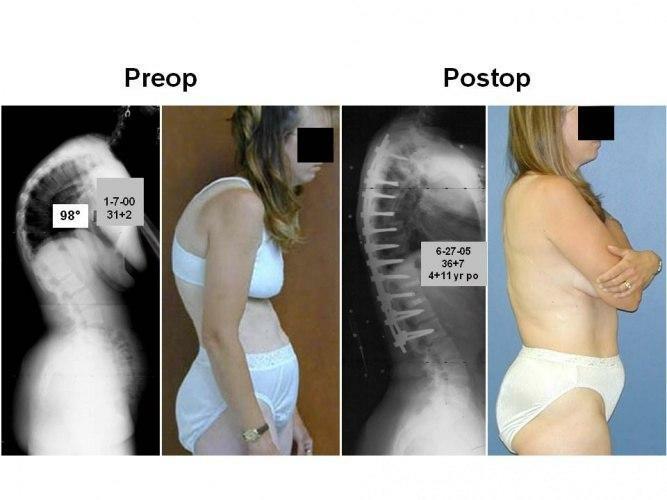
Kyphosis of the thoracic spine( before and after surgical treatment)
Lordosis
Develops for various reasons. For example, against the background of a congenital dislocation affecting the hip joint. In the case of such a lesion, the center of gravity is displaced in the direction to the front. As a result, the person has to deliberately reject the trunk back, unnaturally kinking the body in the waist.

Spinal cord lordosis
To number of provoking factors it is necessary to attribute too much fat, localized on the abdomen.
The following are the typical manifestations of lordosis:
- deformation processes affecting the spine;
- pain in the back area;
- stiffness of movements and limitation of mobility in the area of localization of pathology.

How to determine lordosis
Parallel with lordosis, there may be omission of various organs with concomitant impairment of the function of such.

Lumbar lordosis
Treatment of lordosis, as well as kyphosis, is similar to scoliosis. The patient needs to keep his posture, go for a massage, perform exercises and follow other doctor's recommendations.

Treatment of lordosis with massage
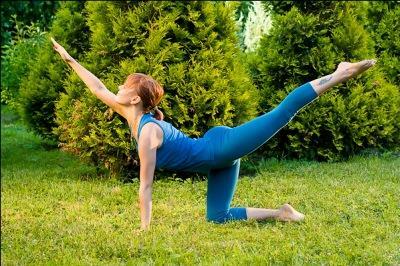
Treatment of lumbar lordosis
Causes of development of curvature of the spine
As noted, curvatures can have an innate and acquired nature. The emergence of such pathologies can lead to a variety of reasons.
In accordance with provoking factors, curvatures are classified into structural and non-structural. About them in the table.
Table. Features of structural and non-structural distortions
| Curvature group | Characteristic features of |
|---|---|
| Structural | Accompanied by bending of individual vertebrae or in the whole spine. Develop against a background of hereditary predisposition, a variety of genetic abnormalities, central nervous system pathologies( for example, cerebral palsy), violations of internal metabolic processes, tumors, certain diseases( for example, syphilis and tuberculosis) affecting the spine. In patients of the older age group, the curvature can be degenerative, degenerative, forming in the presence of hernias and other diseases. |
| Non-structural | The vertebral column is not initially altered. The curvature is of a secondary nature and develops against the background of other disturbances. Such injuries are caused by traumas, various congenital anomalies, diseases of internal organs that require a long stay in a certain position, scar processes in the soft tissue area, inflammation of the muscles. |
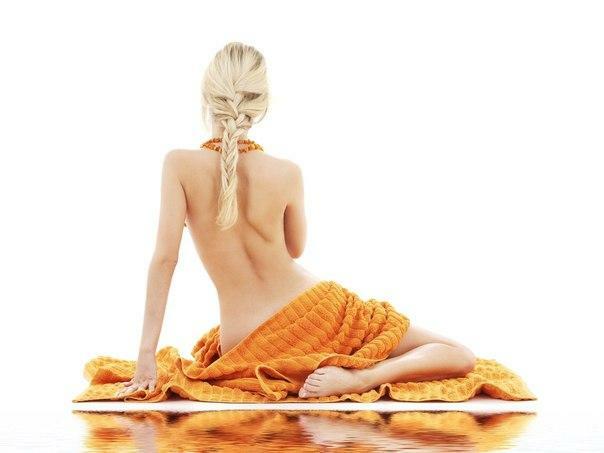
Causes of development of curvature of the spine
With regard to curvatures in young patients, in this case, pathologies can occur due to too rapid growth of the person against the background of a small development of the spinal musculature and, of course, incorrect posture.
Characteristic features of
Most often, curvatures are diagnosed in the lumbar and cervical spine. Depending on the location of the problem, the nature of its manifestation is different.
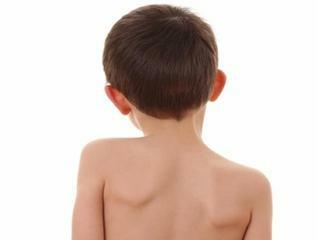
Cervical scoliosis
So, if the curvature affects the cervical region, the following symptoms are present:
- limitation of the function of the joints of the shoulder girdle;
- painful sensations when making head movements;
- hearing impairment;
- pressure jumps;
- headaches;
- discomfort in the back of the neck, neck, shoulder girdle.
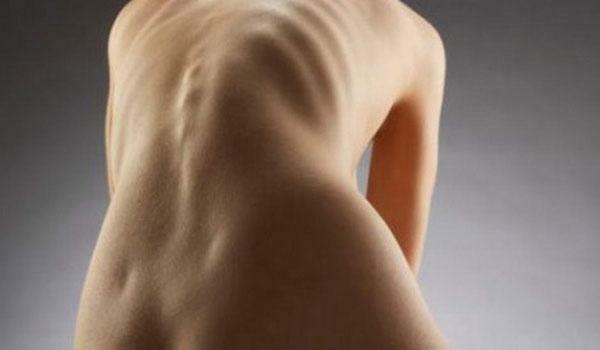
Right-sided scoliosis of the spine
When localization of curvature in the lumbar region, the symptoms are as follows:
- abnormal bulging of one of the scapula;
- asymmetry of the shoulder girdle;
- gait violations;
- marked stoop;
- a visual change in the length of the upper limbs( becomes noticeable during the application of hands in the waist region);
- painful sensations in the area of the stomach and breast;
- increased pressure;
- rapid fatigue.
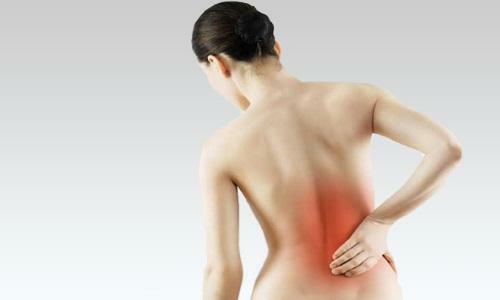
Scoliosis requires a full-scale complex treatment
The procedure for diagnosing and treating
In advanced stages, the diagnosis can be made even with a cursory external examination. In patients, a strong asymmetry of the shoulder girdle is noted, a curvature of the contour of the spinal column itself. A change in the length of the lower limb may occur. If at least one of the above pathological signs is detected, the patient is referred for radiography, the results of which determine the degree of curvature and the location of its localization.
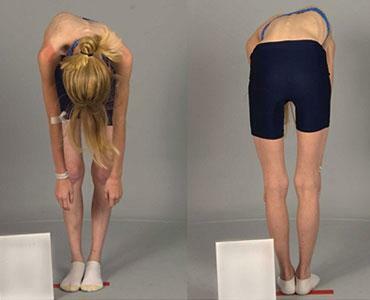
Scoliosis. Test of Adam
If necessary, an MRI is assigned. The results of tomography provide a three-dimensional image of the spine. In the presence of severe degree of curvature, the patient undergoes ultrasound of internal organs.
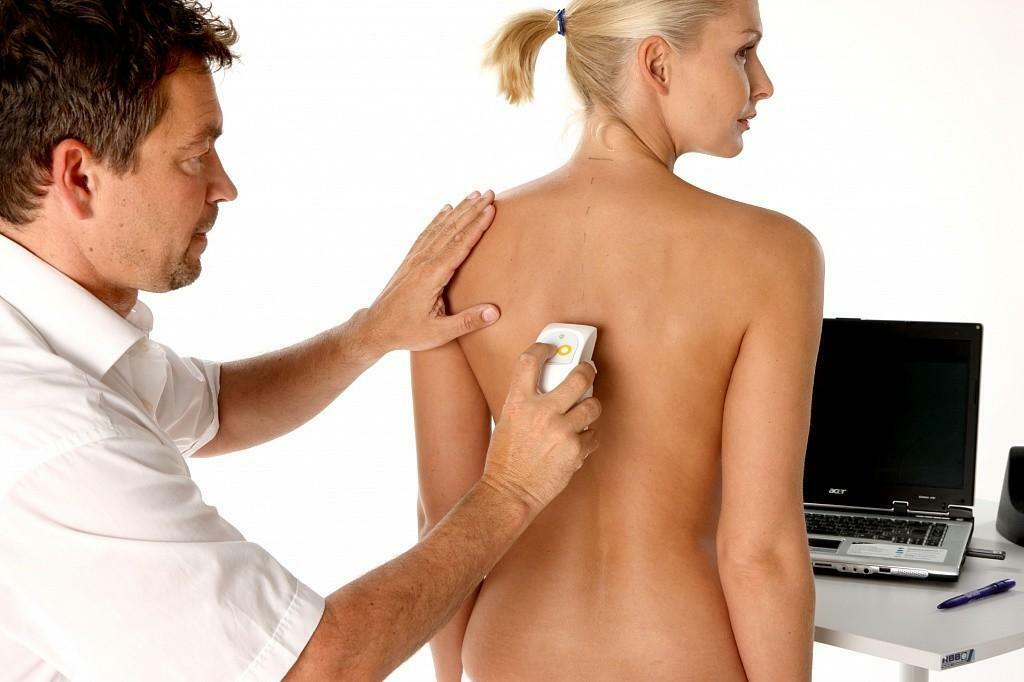
Diagnosis of scoliosis
Regarding treatment issues, one must immediately be attuned to the fact that this process will be rather complicated and time-consuming. The following therapeutic options are practiced and integrated:
- medicinal;
- physiotherapeutic;
- manual.

Treatment of scoliosis
In the absence of effective use of conservative techniques, or the apparent impossibility of eliminating the problem by the above means, resort to surgical intervention.
As a rule, with the distortion of the 1 st and 2 nd degrees, it is possible to do without an operation. The patient is recommended special exercises. Corset wearing( for children and adolescents whose growth continues) can be shown. A healthy diet is necessarily prescribed.
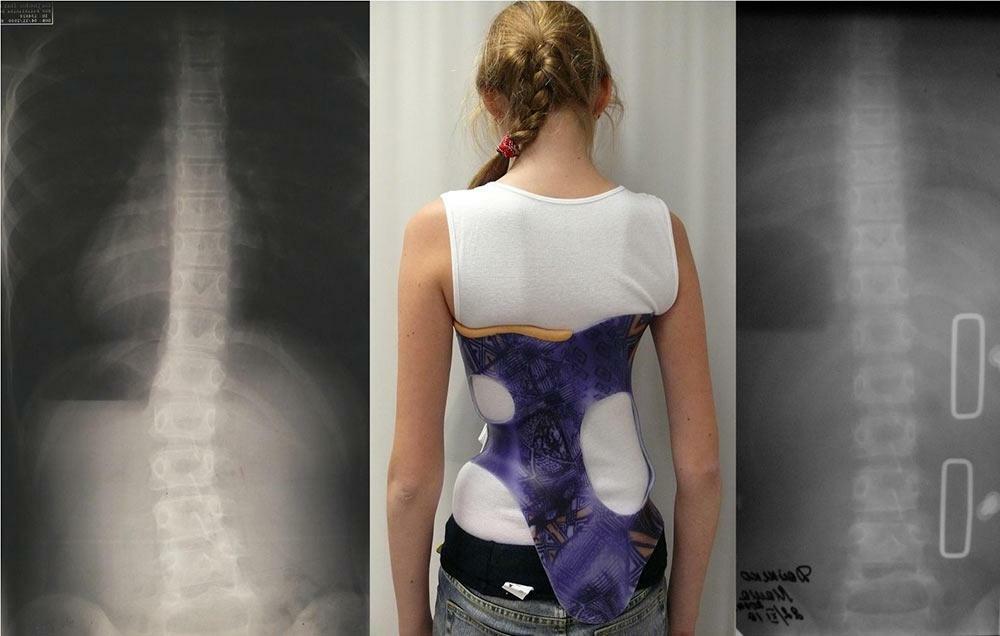
Scoliosis of the 2nd degree, treatment with corset
One of the key directions in the therapy of curvature of the spine is therapeutic exercise. Specific recommendations on this issue will be provided by the attending physician.
Very useful training in the pool.
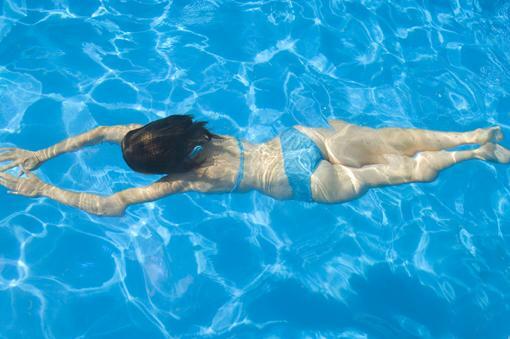
Swimming is useful for the spine
The patient must be sure of his posture and gait.
For maximum benefit, therapeutic gymnastics is best handled by an experienced skilled instructor.
Surgical intervention is used primarily in the presence of severe neglected spinal curvature. The essence of operations is reduced to the installation of special endoprostheses and fixing devices, under the influence of which the spine will be maintained in the correct healthy position.
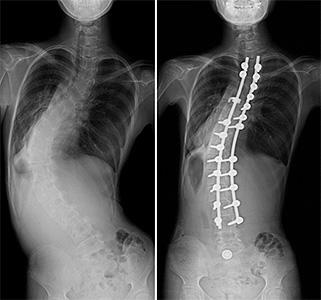
Surgical treatment of scoliosis
Regarding questions of drug therapy, a specific treatment regimen is prescribed exclusively by a doctor. If necessary, the patient takes chondroprotectors, vitamins and restorative medications.
Special massage is very effective, as well as various methods of physiotherapy and stimulation of the dorsal muscles, acupuncture, reflexology, etc.
Now you know what kinds of curvature of the spine exist. Respond in a timely manner to adverse changes in your condition, adhere to medical recommendations and appointments and be healthy!
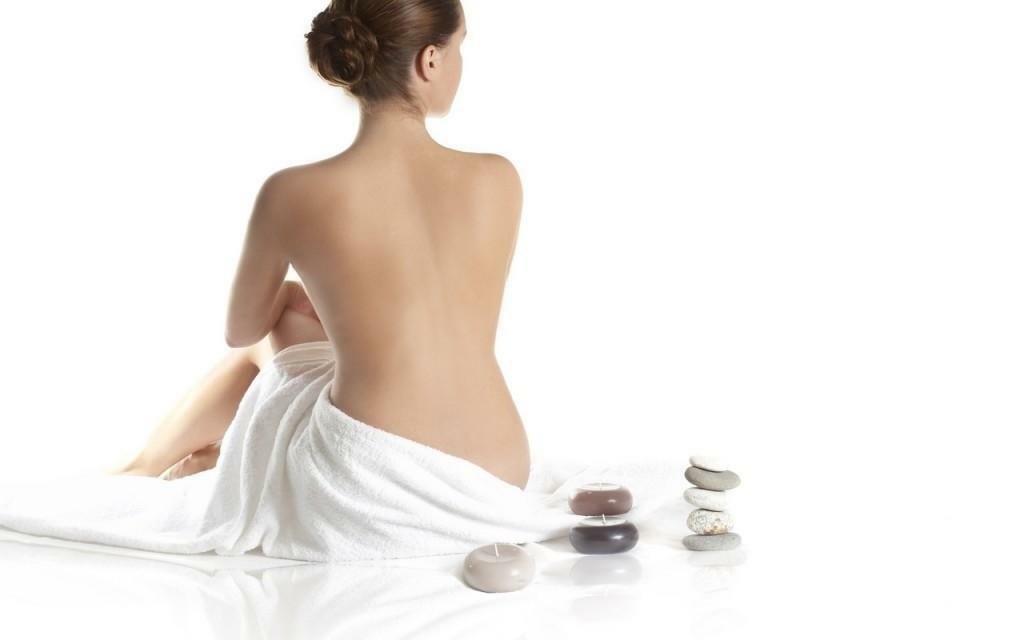
Treatment of back deformities

